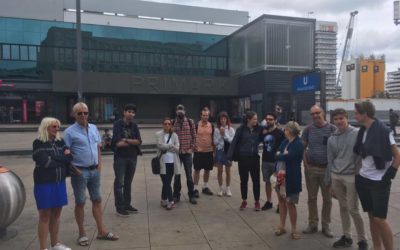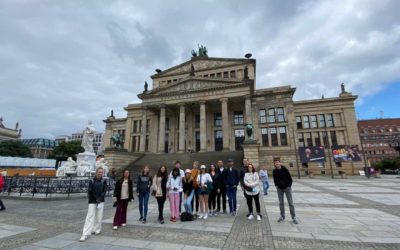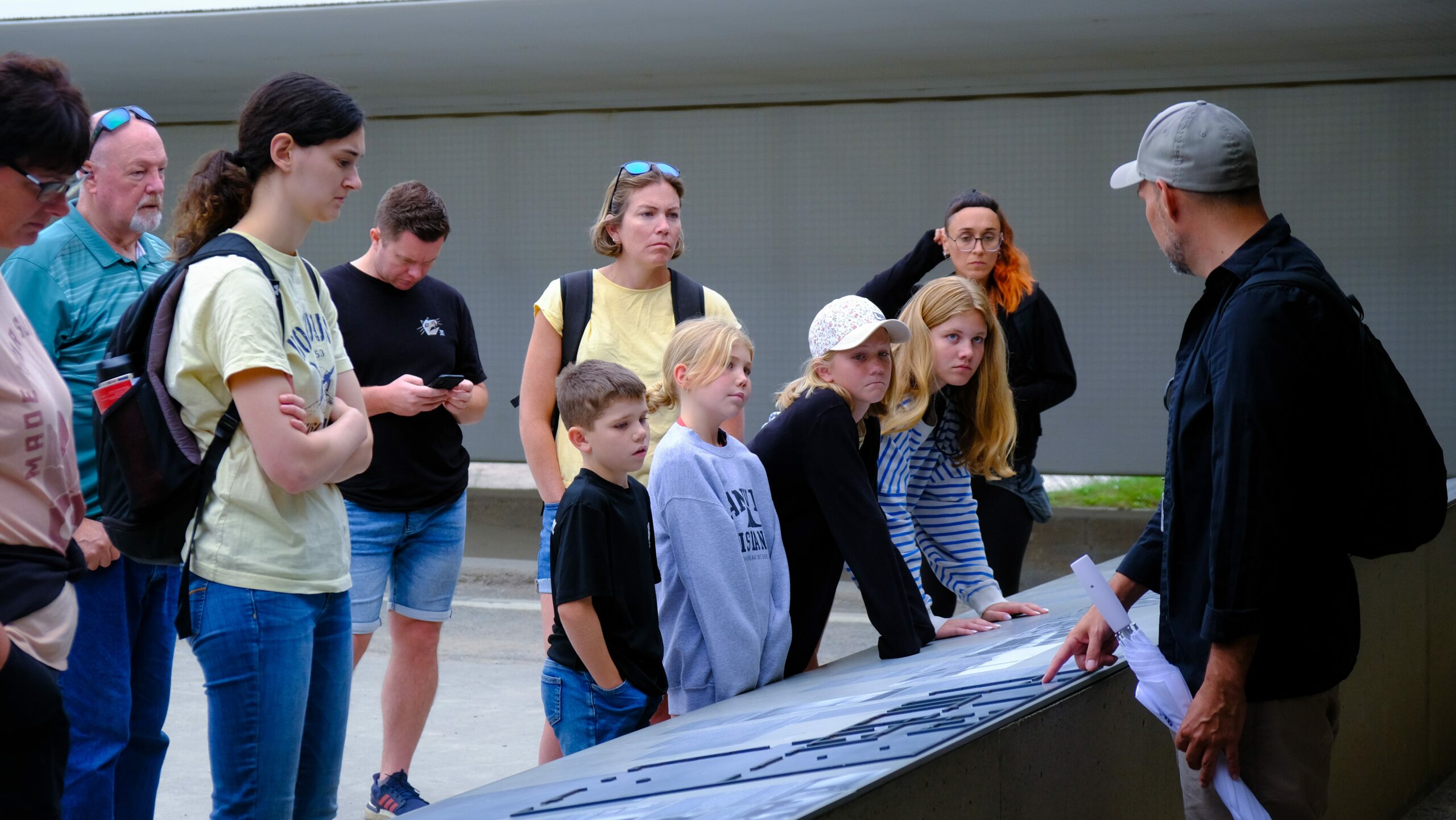During thirty years the Berlin Wall functioned as a ceaseless barrier between East Berlin and West Berlin. On August 13, 1961 the German Democratic Republic used their national power to construct this structure which blocked movement towards West Germany because citizens sought better living standards and political liberty. History remembered the fall of the Berlin Wall on November 9, 1989 as both the end of the Cold War and the formal beginning toward German reunification. What combination of factors finally resulted in the barrier’s destruction? This text examines key milestones that occurred during the run-up to tearing down this legendary wall.
The Beginning of the End: Gorbachev’s Reforms
Following his rise to power as General Secretary in the Soviet Union during the 1980s Mikhail Gorbachev took control of the Communist Party. Through the concepts of Perestroika and Glasnost Gorbachev pushed multiple reforms into stagnant Soviet economics and politics with the goal of stimulating system renewal. Partially through these reforms a political tidal shift swept over each East European nation including the German Democratic Republic.
Mass Protests and Dissent
Through Gorbachev’s reforms and political changes within Eastern Europe East German people launched their campaign for democratic reform. People marched into public spaces and built nonviolent demonstrations while they demanded both freedom of expression and free elections and full regime liberation. Day by day opposition to the Socialist Unity Party that ruled the nation intensified among the general population.
The Fall of the Wall
An announcing by East German authorities regarding new travel rules on November 9, 1989 created mixed reactions among those enforcing border control. The administration mishandled travel regulations which caused border guards to accidentally open checkpoints letting East Berliners entrance West Berlin after an extended period. Thousands filled the checkpoints with excitement while tearing down portions of the wall becomes a common celebration for unity.
Reunification and the Aftermath
After the Berlin Wall collapsed political dialogue started between East Germany West Germany and international partners to shape Germany’s future landscape. Germany officially became one nation after October 3rd 1990 which ended both the Cold War period and established a unified German state.
Legacy and Lessons Learned
The disassembly of the Berlin Wall represented modern history’s essential development because freedom conquered oppression and society progressed toward unification beyond separation. Building destruction demonstrated the combined power of citizens who wanted to bring about change throughout history. Those governments founded on fear combined with authoritarian control are on a since path towards collapse when people weigh freedom and movement above manipulation and restrictions.
The Berlin Wall fell on November 9, 1989 because Gorbachev’s reforms met together with public demonstrations alongside the unexpected reopening of border controls. When it collapsed Germany reunited through unification and became a emblem for national triumph and communal success. People drawn to positive change continue to find inspiration from the events that caused the fall of the Berlin Wall.
Table of Contents




